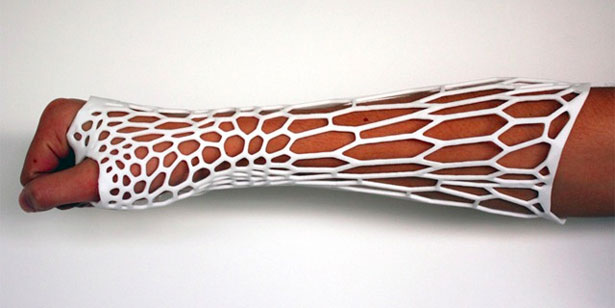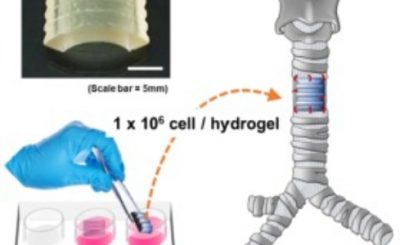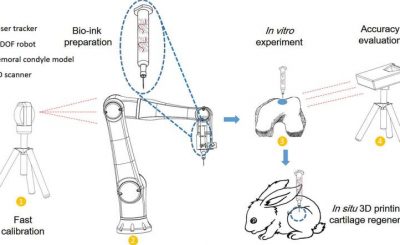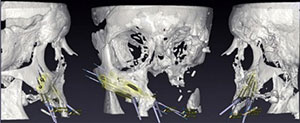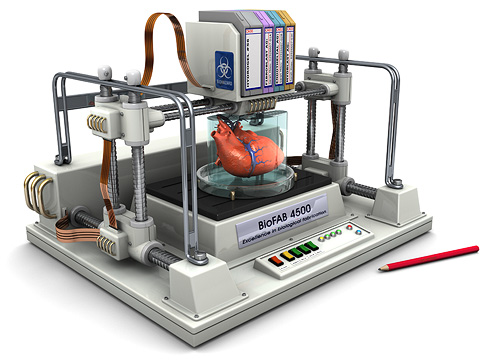“Most researchers want to hold their ideas,” said Yuwaraj Kumar, the operations manager for the  Training for surgery often requires cadavers, yet 3D printing actually presents a better alternative in many aspects. With the use of 3D printing, there is reduced wait time for practice with the ability to print out replicated tissue in a few days. Because of the quality found in the prints, the difference between the real thing and the prints is minimal and allows for wider use from models. One outspoken supporter of the program is Professor Vicknes Waran, a professor and consultant neurosurgeon at the University of Malaya Medical Centre. “[3DP] was particularly useful to develop surgical simulators to perform brain surgery, certain orthopedic surgeries like spine surgery, and facial surgery. Medical students can be taught to do certain parts of the operation.” The parts of the operation include cutting through various tissues and removing tumors. All of these methods can be taught and practiced with the 3D print.
Training for surgery often requires cadavers, yet 3D printing actually presents a better alternative in many aspects. With the use of 3D printing, there is reduced wait time for practice with the ability to print out replicated tissue in a few days. Because of the quality found in the prints, the difference between the real thing and the prints is minimal and allows for wider use from models. One outspoken supporter of the program is Professor Vicknes Waran, a professor and consultant neurosurgeon at the University of Malaya Medical Centre. “[3DP] was particularly useful to develop surgical simulators to perform brain surgery, certain orthopedic surgeries like spine surgery, and facial surgery. Medical students can be taught to do certain parts of the operation.” The parts of the operation include cutting through various tissues and removing tumors. All of these methods can be taught and practiced with the 3D print.
Before the advent and use of 3D printing, CBMTI tried to make all the parts separately. As with most people and industries adopting 3DP technology, CBMTI realized the ease and practicality afforded with the Stratasys printer. The realism created by the printer still astounds those involved and continues to impress and function as an invaluable teaching tool. Malaya Medical is thankful for the innovation as well as those gearing up for the operating table to be in such proficient hands.
